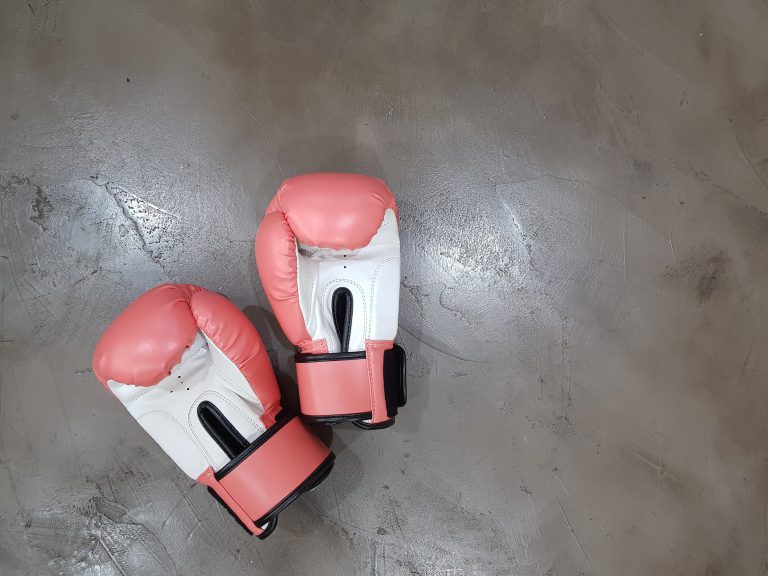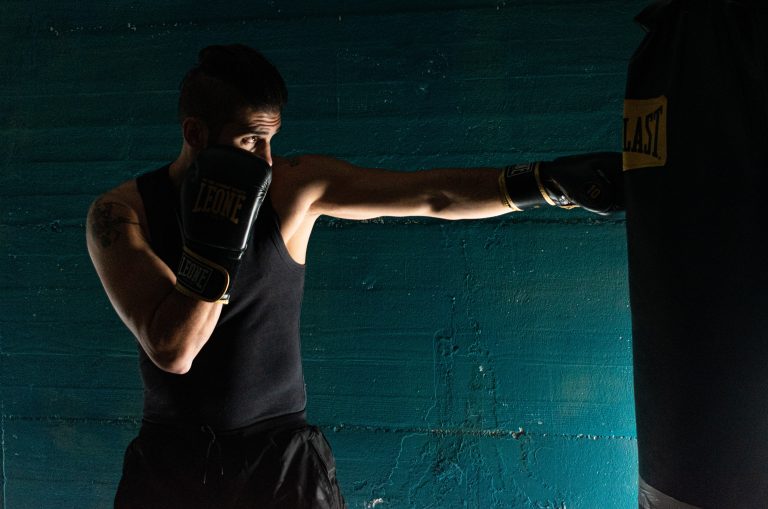Karate Dangerous? Myth or Reality?
Karate, like many other combat sports, is often considered dangerous. There is a common belief that practicing karate can lead to serious injury or even death. But is it really true? Is karate really that dangerous? In this post, we will explore this topic in depth and separate myth from reality.
Understanding the Risk of Injury in Karate
Karate is a contact sport, which means that it involves physical contact between practitioners. This can include strikes, kicks, throws, and joint locks. As a result, there is a risk of injury, just like in any other sports that involve physical contact.
However, it is worth noting that injuries in karate are not as common as most people think. According to a study published by the British Journal of Sports Medicine, the injury rate in karate is lower than in many other popular sports, such as football, rugby, and basketball.
Moreover, injuries in karate are usually minor, such as bruises, strains, or sprains. Serious injuries, such as broken bones or concussions, are rare, especially in organized karate training.
The Role of Safety Measures in Karate
To reduce the risk of injury, karate practitioners use a variety of safety measures. This includes protective gear such as helmets, gloves, shin and foot guards, mouthguards, and chest protectors. Additionally, karate instructors often emphasize proper techniques and control during training to minimize the risk of injury.
In competitive karate, referees also play a crucial role in ensuring the safety of the fighters. They enforce the rules of the sport, which forbid actions that are likely to result in injury, such as strikes to the head or neck.
Myths About Karate Danger
Despite the evidence that karate is relatively safe, there are still many myths about its danger. For example, some people believe that karate can cause brain damage or even death. Others claim that karate is too violent and aggressive, which can lead to serious injury.
These myths are not supported by scientific evidence. While karate, like any physical activity, involves a certain level of risk, it is not inherently dangerous. The vast majority of karate practitioners never suffer serious injuries.
The Benefits of Karate Training
In fact, karate has many benefits beyond physical fitness. It can improve mental focus, discipline, self-confidence, and stress management. Karate can also be a fun and engaging social activity, where people can meet and interact with like-minded individuals.
In conclusion, while karate is a contact sport and injuries are possible, it is not as dangerous as many people believe. With the proper safety measures and training techniques, the risk of injury can be minimized. Moreover, karate offers many benefits beyond physical fitness, and can be a rewarding and enjoyable activity for people of all ages and backgrounds.
Is Karate Really Dangerous? Myth or Reality?
Karate is a popular martial art that has been around for centuries. It originated in Japan and has spread throughout the world, gaining popularity for its physical and mental benefits. However, despite its many advantages, there are concerns about the potential dangers of practicing Karate. In this blog post, we will address some of the most frequently asked questions about the safety of Karate and determine whether it is a myth or reality that Karate is dangerous.
What is Karate?
Karate is a martial art that was developed in Okinawa, Japan, in the late 19th century. It was developed as a means of self-defense and is based on striking, blocking, and grappling techniques. The word „Karate“ comes from the Japanese words „kara“ (empty) and „te“ (hand), which means „empty hand“. Karate can be practiced as a sport, as a form of self-defense or as a means of physical fitness.
Is Karate Dangerous?
Like any physical activity, Karate can be dangerous if it is not practiced properly. However, with proper training and safety precautions, the risk of injury can be minimized. Karate classes are taught by highly qualified instructors who follow safety guidelines to ensure that students are safe while practicing. In fact, Karate is considered one of the safest martial arts. It is known for its emphasis on discipline, control, and respect, which reduces the risk of accidents.
What are the Potential Risks of practicing Karate?
The potential risks of practicing Karate include injuries such as bruises, sprains, fractures, concussions, and cuts. These injuries can occur during sparring or from improper techniques. However, accidents are relatively rare in Karate when compared to other sports. The majority of injuries in Karate happen to the hands or feet since they are the primary weapons. Nevertheless, with proper training, safety gear and supervision, students can minimize the risk of injuries.
What Safety Measures are Taken in Karate?
Karate classes include safety measures such as warm-up exercises, stretching, and cooling down sessions. Students are taught the proper techniques to protect themselves and their partner during sparring. They are also directed to wear protective gear such as gloves, mouthguards, chest protectors, shin guards and foot protectors during contact fighting.
Moreover, Karate students are taught the importance of respect when sparring. They must bow to their partners before and after sparring, indicating that they have agreed to follow the rules that dictate proper conduct during training. Students are also taught the importance of communication with their partners to avoid any accidents.
Can Karate Injuries be Prevented?
Yes, Karate injuries are preventable through proper training and safety measures. Instructors should be trained to teach students the proper techniques and safety measures to avoid accidents while sparring. Students should follow the safety guidelines provided by their instructors, such as wearing proper protective gear and proper conduct during sparring.
It is important to recognize the signs of overuse and fatigue brought on by Karate training as well. For example, students who train too hard or too often may experience symptoms ranging from mild soreness to serious injuries such as stress fractures or tendonitis. Allowing enough time for rest and recovery is crucial to prevent such injuries.
Conclusion
In conclusion, Karate is a relatively safe martial art when compared to other contact sports. The potential risks are minimized by following safety guidelines and proper techniques. Instructors are trained to teach students proper techniques, safety measures, and respect during training. Students can enjoy the benefits of Karate, such as improved fitness, strength, and self-defense skills without worrying about the risks of serious injuries. Remember, achieving success in Karate is influenced by your attitude and how much you follow important rules and techniques that you learn during classes.
Inhaltsverzeichnis






